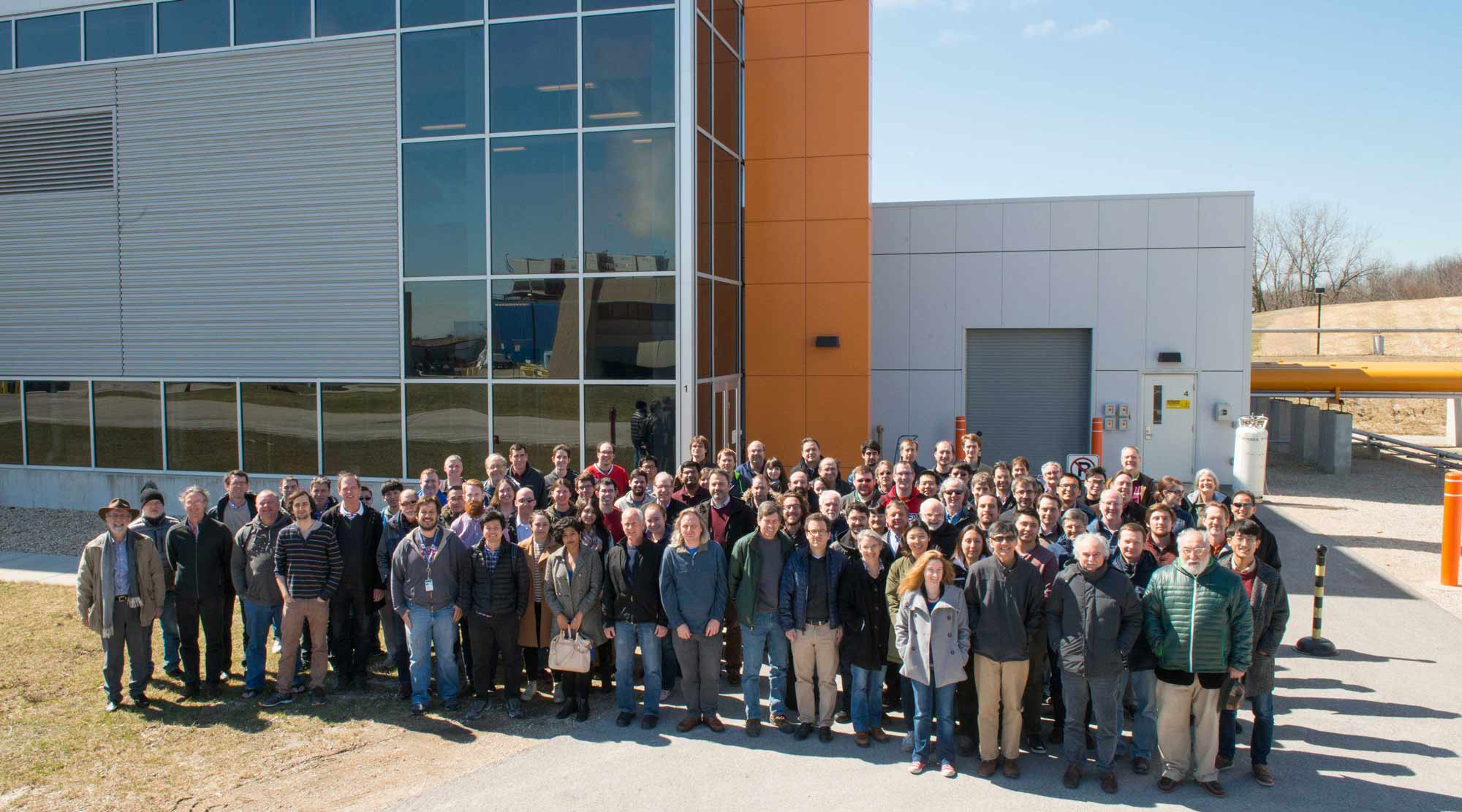 The Muon g-2 experiment studying the magnetic moment of the muon is celebrating a milestone. The first muon beams produced by the Fermilab accelerator have circulated in the large superconducting magnet: this marks the beginning of a fascinating challenge to confirm or deny an anomaly measured at the beginning of the 2000's by the first experiment of this type. INFN is participating in the experiment with researchers from the Frascati National Laboratories and from the INFN Sections of Lecce,
The Muon g-2 experiment studying the magnetic moment of the muon is celebrating a milestone. The first muon beams produced by the Fermilab accelerator have circulated in the large superconducting magnet: this marks the beginning of a fascinating challenge to confirm or deny an anomaly measured at the beginning of the 2000's by the first experiment of this type. INFN is participating in the experiment with researchers from the Frascati National Laboratories and from the INFN Sections of Lecce,
Naples, Pisa, Rome Tor Vergata, Trieste and the associated group of Udine. At the beginning of 2000's, physicists at the Brookhaven National Laboratory, measuring the anomalous magnetic moment of the muon (a property of this particle) found that the probability that the measured value was consistent with the predictions of the standard model was less than 1/1000. The result was not sufficient to
constitute a discovery but worth investigating further. This discrepancy could, in fact, be explained by the contribution to the muon anomaly of still unknown particles, such as supersymmetric particles, or other new particles that could explain dark matter. The final solution to this enigma is now entrusted to the Muon g-2 experiment, that will measure the muon anomaly with a precision hitherto never achieved
(140 parts per billion). Over the next year the first physics results are expected.






